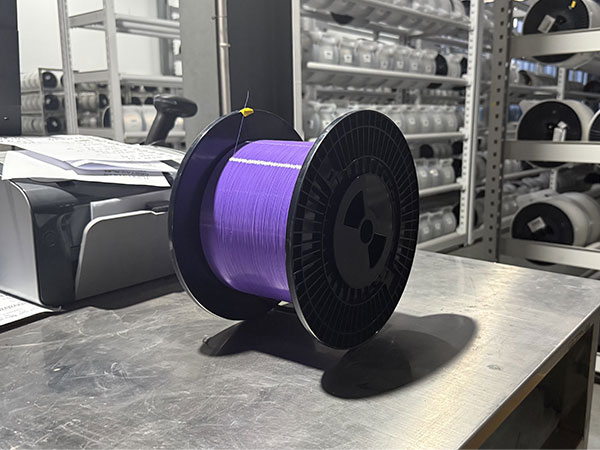Meta Description:
Discover how G657a2’s bend-insensitive fiber technology is solving FTTH installation challenges in urban areas, reducing costs, and accelerating high-speed broadband rollouts worldwide.

Introduction: The FTTH Revolution Meets Urban Realities
Fiber-to-the-home (FTTH) promises lightning-fast internet, but deploying it in dense cities has long been a logistical nightmare. Traditional fibers struggle with tight bends in apartment complexes, underground ducts, and crowded conduits—leading to signal loss, higher costs, and delayed projects.
Enter
G657a2 optical fiber, a bend-insensitive variant engineered to thrive in cramped urban environments. With its nano-structured cladding and ultra-low attenuation, G657a2 is rapidly becoming the go-to solution for telecom operators and ISPs. This article explores why its unique design is transforming FTTH deployments globally.
1. The Science Behind Bend-Insensitive G657a2 Fiber
Nano-Structured Cladding: A Game-Changer
G657a2’s core innovation lies in its nano-engineered cladding layer, which minimizes light leakage even when the fiber is bent at extreme angles (radius as low as 7.5mm). Unlike standard G652 fibers, which suffer macro/microbend losses in tight spaces, G657a2 maintains signal integrity, ensuring reliable data transmission.
Key Technical Advantages:
Bend Radius: 7.5mm (vs. G652’s 30mm).
Attenuation: Matches G652’s low 0.4 dB/km at 1550nm.
Compatibility: Fully backward-compatible with legacy single-mode fibers.
2. How G657a2 Solves Top FTTH Challenges
2.1 Navigating High-Rise Buildings
In vertical urban deployments, fibers must twist through elevator shafts, narrow conduits, and crowded risers. G657a2’s flexibility reduces installation complexity, enabling:
Faster rollouts: 30% shorter installation time (Telecoms Europe, 2023).
Fewer signal repeaters: Lower maintenance costs.
Case Study: In Seoul, LG U+ used G657a2 to connect 10,000 high-rise apartments, cutting deployment costs by 22% and eliminating 15% of signal boosters.
2.2 Surviving Harsh Underground Environments
Urban FTTH networks often share ducts with power lines or face pressure from construction. G657a2’s robust design resists:
Crush loads: Up to 50% higher tolerance than G652.
Temperature swings: Stable performance from -40°C to 70°C.
2.3 Future-Proofing for 10Gbps and Beyond
As ISPs upgrade to XGS-PON and 25G-PON, G657a2’s low latency and high bandwidth ensure readiness for next-gen services.
3. Cost Savings: A Win for Operators and Consumers
Reduced Capex: Fewer cable breaks and repeaters lower upfront costs.
Lower Opex: Minimal maintenance and longer lifespan.
Consumer Benefits: Faster, cheaper broadband access.
Statistic: Analysys Mason estimates G657a2 can reduce FTTH deployment costs by 150–200 per household in dense cities.
4. Global Adoption and Market Trends
Europe: EU’s “Gigabit Society 2030” plan prioritizes G657a2 for urban FTTH.
Asia: China’s “Broadband China” strategy drove a 35% YoY increase in G657a2 sales (CRU, 2023).
North America: Major ISPs like Verizon and AT&T are testing
G657a2 for 5G backhaul and FTTH synergies.
5. Challenges and Innovations
5.1 Addressing Misconceptions
Some operators worry about G657a2’s higher per-meter cost versus G652. However, lifecycle savings (installation + maintenance) outweigh initial expenses.
5.2 Next-Gen Upgrades
Manufacturers like Prysmian and Corning are developing G657a2+, a variant with even tighter bend radii (5mm) for futuristic smart cities.
Conclusion: G657a2 — The Fiber of Urban Tomorrow
G657a2’s bend-insensitive design isn’t just a technical upgrade—it’s a strategic enabler for universal high-speed broadband. By slashing deployment barriers in cities, this fiber is accelerating the global FTTH revolution and paving the way for smarter, more connected urban landscapes.

Call to Action:
Ready to optimize your FTTH network? [Download our free whitepaper] “Mastering Urban Fiber Deployments with G657a2” or [schedule a consultation] with our fiber experts today!


